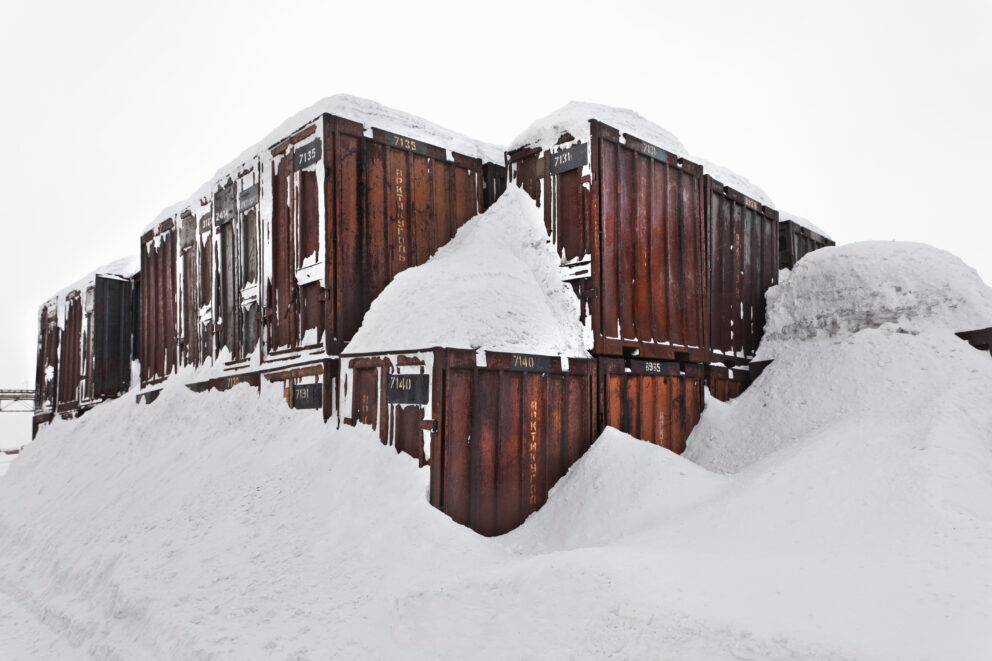Rust is one of the most common problems that can affect the durability of your steel shipping container. Over time, if left unchecked, it can cause irreversible damage, turning a reliable storage solution into a costly problem. The good news is that with proper care and attention, rust can be prevented. Here are some effective tips to help you protect your shipping container and extend its lifespan.
Why Does Rust Form on Shipping Containers?
Shipping containers are made from steel, which, while durable, is still vulnerable to rust when exposed to moisture over time. When the steel comes into contact with water and oxygen, it starts to oxidize, forming rust. This can be accelerated by scrapes, dents, or areas where the protective paint has worn off. Regular maintenance is key to stopping rust in its tracks.
1. Keep Your Container Dry
Moisture is the main culprit when it comes to rust formation. The best way to prevent rust is by keeping your container as dry as possible. If your container is placed in an area that’s prone to flooding, heavy rain, or snow, consider elevating it off the ground. This can be done by placing the container on concrete blocks, wooden beams, or railroad ties. This keeps the bottom of the container from coming into contact with water, dirt, and moisture, which can lead to rust.
Also, ensure the area around your container drains well. If water pools around the container, it can speed up the rusting process. Avoid storing your container directly under trees or in areas with poor drainage, especially during Michigan’s rainy or snowy seasons.
2. Use a Protective Cover
If you’re not using your container for a while, covering it with a tarp or heavy-duty plastic sheet is an excellent way to protect it from rain and snow. This can help keep moisture from collecting on the surface and reduce the chances of rust developing. A tarp will also protect your container from the sun, which can cause the paint to fade over time. Just make sure the tarp is securely fastened to avoid it flying off in strong winds.
3. Elevate the Container
Keeping your shipping container elevated not only prevents water from soaking into the bottom but also allows for better airflow underneath. This reduces the chances of moisture getting trapped underneath and leading to rust. Using concrete blocks or gravel to elevate your container also helps avoid contact with dirt, which can trap moisture and cause corrosion.
Elevating your container also helps with air circulation, making it easier for the container to dry out if it gets wet. This is particularly important if you live in an area like Grand Rapids, where damp conditions are common.
4. Keep an Eye on the Roof
Shipping container roofs often develop dents during transport, and water can pool in these areas. This pooling water encourages rust formation. To combat this, consider adding a slight slope to the roof to allow water to run off instead of collecting in dents.
A simple solution is to place a piece of wood or another sturdy object in the center of the roof to create a slope. This will ensure that rainwater flows away from the container, keeping it dry and rust-free.
5. Regularly Clean Your Container
Dirt, mud, and grime can build up on the surface of your container, trapping moisture and accelerating rust. A good practice is to wash your container regularly using a hose or pressure washer to remove any dirt or debris. This will also prevent stains or corrosive substances from damaging the container’s surface.
Cleaning is especially important if your container is located in a place with heavy vehicle traffic or near construction sites, where it may come into contact with oils, chemicals, or other corrosive materials. This regular maintenance will keep your container looking good and prevent any lasting damage from forming.
6. Treat and Repair Surface Rust Immediately
Surface rust may seem like a small issue, but if left untreated, it can develop into larger, more serious problems. If you spot any rust on your container, treat it as soon as possible. Use a wire brush or sandpaper to scrub away the rust, and then clean the area with a damp cloth.
After removing the rust, apply a rust-resistant primer and a fresh coat of paint. This will seal the metal and protect it from further rust formation. Regularly inspecting your container for rust will help catch any issues before they become costly repairs.
7. Inspect for Dents, Scrapes, and Exposed Areas
When transporting or using your container, it’s important to check for any physical damage. Dents, scrapes, and scratches can expose the raw metal underneath and make it more vulnerable to rust. If you find any damage, repair it quickly by touching up the paint or applying rust-proof sealant to prevent rust from setting in.
A simple check-up after each use can go a long way in preserving the integrity of your shipping container.
Protect Your Investment
A shipping container is a valuable asset that provides reliable storage and protection for your items. By taking the time to care for it and prevent rust from forming, you can extend its life and maintain its functionality.

Get a High-Quality Shipping Container Today
If you’re looking to purchase a 10, 20-foot, or 40-foot shipping container in Grand Rapids, Any Way You Want It Moving and Storage offers a variety of containers to fit your needs. Whether you’re looking for a container with minimal rust or one that’s ready for modification, we’ve got you covered. Contact us today for a free quote and let us help you find the right container for your storage needs.
By following these easy maintenance tips, you can protect your container from rust and keep it in great condition for years to come!



